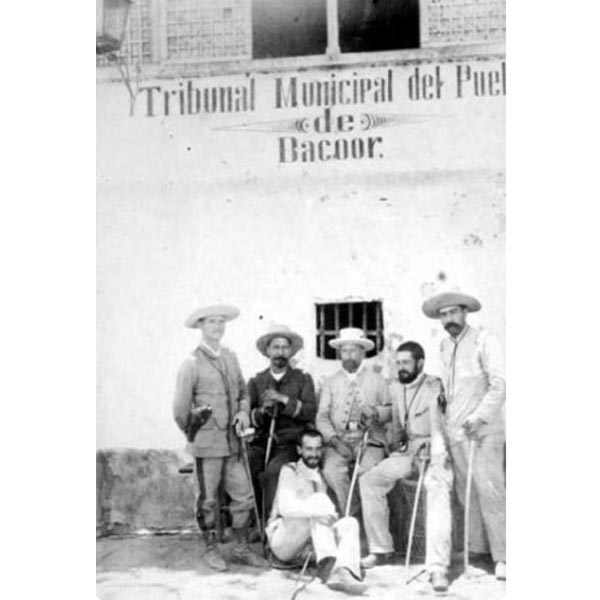
When you hear of a person named Antonio Arsenio in the Philippines, what would you think is his nationality? Most probably Filipino.
Well, Arsenio was Chinese. He was a staunch supporter of Gen. Emilio Aguinaldo who owned a big house in Cavite, once a naval storehouse of the Spaniard. When the American troops under Brig. Gen. Thomas Anderson wanted to seize his property before the Filipino-American war broke out, this prompted Aguinaldo to lodge a protest with Anderson.
This account is found in War with Spain and Philippines, published by Gen. Marcus F. Wright War Records Office in Washington in 1908.
At the time, the Americans wanted to seize the carts in Bakor (Bacoor) in Parañaque district for military use and conducted a house-to-house search.
The account reads:
In the meantime, Aguinaldo had taken to protesting for himself. One of the big houses in Cavite was occupied by Antonio Arsenio, a Chinese. [United States] General Anderson’s men ordered him out of it. He declared that he owned it, and appealed to Aguinaldo, whom he had helped a great deal.
The house was used as a naval storehouse by the Spaniards. It was found on July 17 by an American named Dorr, who had been in that country [Philippines] for several years. Dorr heard the natives talking about a storehouse and traced it back to that house, which was one of the biggest in Cavite. He reported to General Anderson, and a guard was sent down to occupy the house. It was occupied by Arsenio and a dozen other Chinese.
Arsenio was a man of considerable importance there and was a staunch supporter of Aguinaldo. The house was full of naval and commissary stores. There were coils and coils of rope of various sizes, piles of copper pipe, brasses and other naval stores, tons of coffee, great piles of rice and barrels of pork.
Arsenio at once appealed to Aguinaldo when he and the other Chinese were put out, and Aguinaldo protested that the place belonged to an insurgent and was private property.
War with Spain and Philippines further states:
It was evident, however, that the place was a naval storehouse because the old Spanish sign was found in the house and outside was the place from which it had been taken. The supplies were not such as would be carried in a private stock, except perhaps some of the commissary stores, and even those not in such quantities.
The army officers believed that in all probability when the Spanish ran out of Cavite after Dewey’s victory, Arsenio made a deal with the commissary whereby he was to take charge of the stores and sell them for what he could get and divide the spoils.
The dictator [Aguinaldo] protested to General Anderson about the seizure of the house, and again asked for a declaration of the American citations. The officer who brought the letter asked for reply in writing, ‘so that he could show it to his president.’
General Anderson replied that his government had not recognized Aguinaldo’s government in any way, nor would be, and there was no letter for ‘the president.’
To be frank, it is the first time that we came across this account. Arsenio, thus, is worth including in the list of Chinese who supported the Philippine revolution.
It is also worth mentioning that it was Aguinaldo’s protest against the seizure of Arsenio’s house that triggered the Americans, Anderson in particular, to reveal in writing for the first time that the American government “had not recognized Aguinaldo’s government in any way, nor would be.”
This runs counter to the pronouncements of the US that it came to the Philippines to help Aguinaldo fight the Spaniards and gain its independence.
In fact, the seizure of Arsenio’s house in Cavite constituted a brazen act of imperialist invasion and aggression. It was a wake-up call for Aguinaldo and those who had illusions toward the hypocritic Uncle Sam.
By the way, a lot of Chinese had Filipino names, including their surnames. The famous Chinese Capitan Carlos Palanca during the late Spanish period was Tan Kiam Sian (陳謙善).
Another Carlos Palanca, after whom the prestigious literature awards The Carlos Palanca Awards was named, was Tan Eng Lay
(陳迎來), the famous Chinese community leader of early 20th century. He adopted the Filipino name of his godfather, the elder Carlos Palanca (Tan Kiam Sian), who in turn got his Filipinized name from his Spanish godfather.
Many confuse these two Carlos Palancas.
So be aware: Not all the Chinese in the Philippines were of the so-called short surname or one-syllable surname.